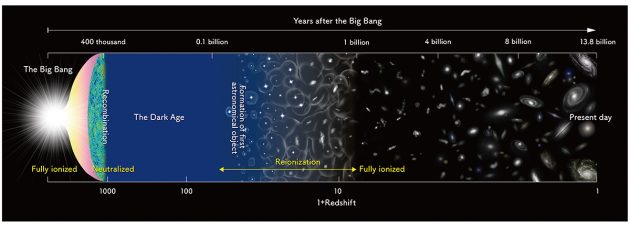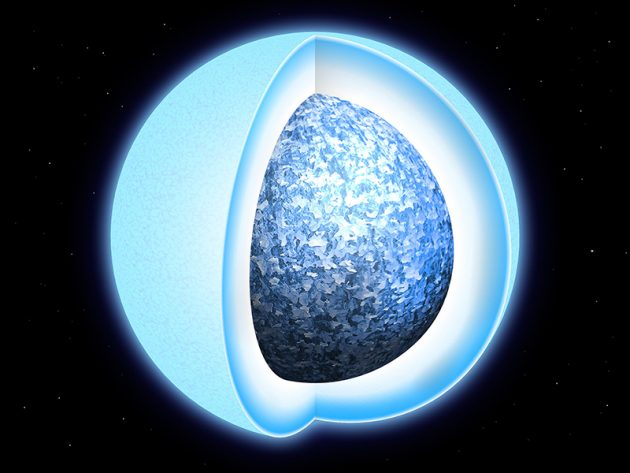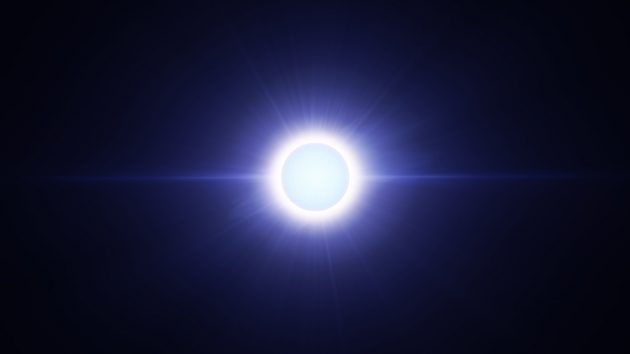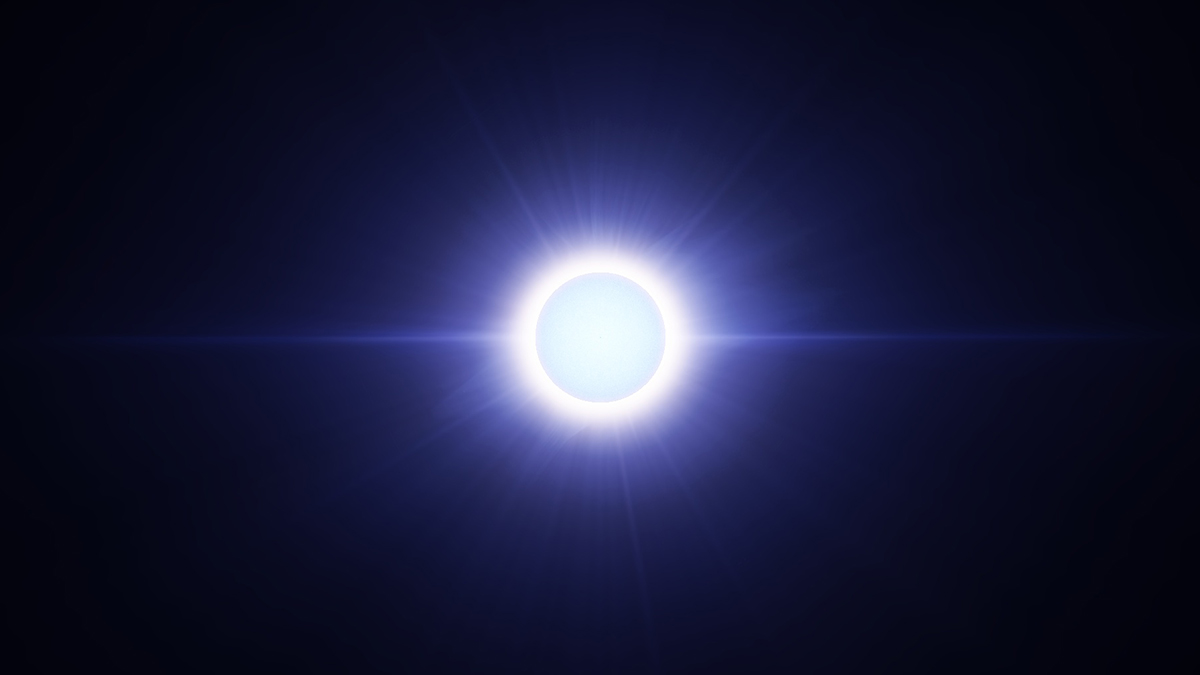It’s become a well-worn cliche that we are all made of stardust. The realisation by cosmologists that every atom of heavier elements like carbon in the universe was transmuted in the core of stars has prompted as much romance as it has science.
But it remains true, for all that.
In the first tiny fractions of a fraction of a second after the Big Bang, there were no elements at all, only particles, like quarks and electrons. In the next millionths of a second after the Big Bang, as the universe expanded and cooled, quarks combined to make protons and neutrons, which minutes later fused into nuclei.
It took another 380 000 years, though, for the universe to cool enough for electrons to bind to the primitive nuclei, forming the first elements, mainly hydrogen and helium. Hydrogen and helium are still both the most abundant elements in the universe. But for millions of years they were pretty much the only elements in the universe. All the heavier stuff, the stuff we’re made of, had to be stewed up in the collapsing cores of the first generations of stars.

Every atom of carbon in the cosmos was created in the heart of a star, through the fusion of three helium nuclei.
The element is essential for life as we know it.
But, having formed in the hearts of those early stars, how did those elements get seeded throughout the primordial galaxies? How did they end up in dust clouds, planetary nebulas, proto-planets, planets… us?
For a long time it’s been believed that all of these heavy elements were spewed into the universe by the massive stellar explosions called supernovae: titanic nuclear blasts which spray waves of radiation and matter into space.
No one is disputing the role of supernovae, but now it appears that a more humble class of star may play an even more essential role in seeding heavy elements into the universe. Now a team of astrophysicists has identified the precise type of celestial body to which we owe our existence.
The new research focused on the role of white dwarfs, which are created when stars similar to our sun exhaust their stores of nuclear fuel and collapse to form smaller, fainter bodies.
Astronomers examined several “open star clusters” in the Milky Way. These are groups of up to a few thousand stars, which have formed from the same giant molecular cloud.
The stars of a single cluster, held together by mutual gravitational attraction, will each be born with about the same mass. By observing several clusters, it is possible to plot the relationships between the masses of the stars and the white dwarfs that they are destined to become.
In general, the more massive the star at birth, the more massive the white dwarf left at its death.
However, the researchers uncovered a puzzling kink in the data: stars with a mass above a certain threshold had evolved into unexpectedly small white dwarfs.
A star with a mass 2.5 times greater than the sun, for instance, will become a smaller dwarf than will a star with a mass 1.5 times that of the sun.
According to Pier-Emmanuel Tremblay of the University of Warwick’s Department of Physics, a co-author of the study, the best explanation for this disappearance of mass is that the larger stars go through a phase where they shed vast amounts of matter into the universe.
With their final breaths, before they collapse, these stars would have flung out ribbons of plasma enriched with heavy chemical elements. These would have included carbon, created in the star’s deep interior shortly before its death.
This phase is thought to last a mere thousand years, a blink of an eye in cosmic terms.

The spectacular, scene-stealing supernovae might still be the brightest stars in the cosmological firmament, but their pride of place is challenged by the humble white dwarfs. Supernovae are, like human superstars, rare, if attention-grabbing.
But, just as in human affairs, it’s the masses of quiet achievers who do the real work. The new research suggests that most of the carbon in our galaxy comes from the white dwarfs who far outnumber the supernovae.

If you enjoyed this BFD article please consider sharing it with your friends.

